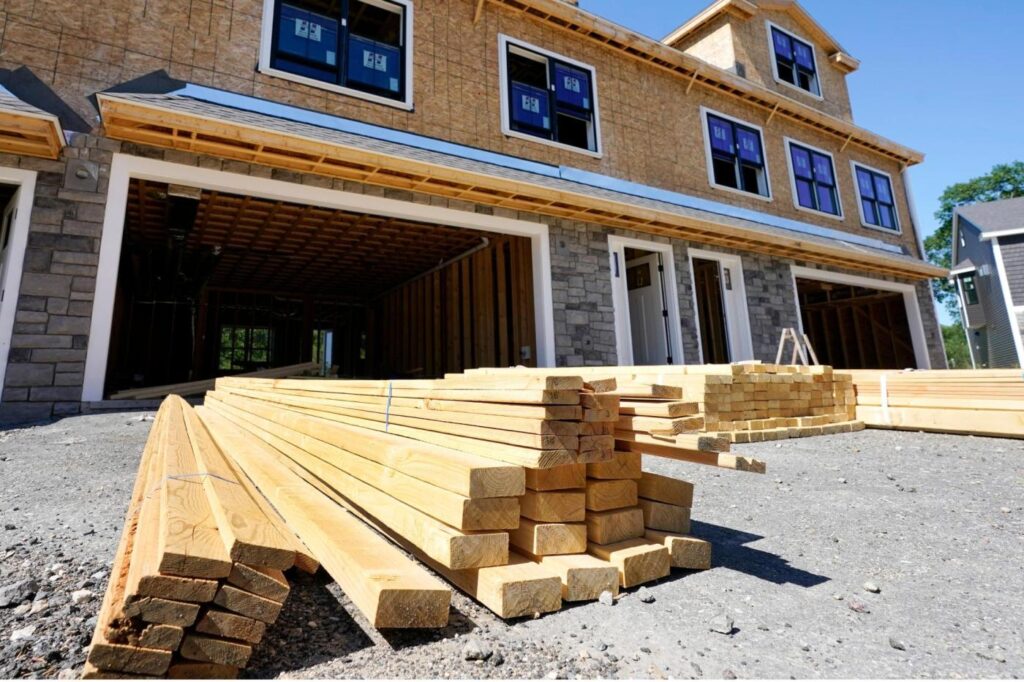
The latest UCLA Anderson Forecast for California offers two potential scenarios for California’s economy — a soft landing led by such factors as more construction and increased demand for defense goods, or a mild recession with elevated unemployment rates.
The biggest source of uncertainty is tied to national economic policy.
“In the coming months, the Federal Reserve will reach that fork in the road between continued aggressive tightening and moderation,” the study said, “and it must decide which path to take.”
The good news?
Unlike the past four slowdowns in economic growth, UCLA predicts a milder impact on the Golden State’s economy whichever path the Federal Reserve decides to take.
The study notes that California’s non-farm employment base now exceeds the pre-pandemic level of February 2020 by 31,000 jobs. But many of the new jobs are in sectors different from those where job losses were the most acute.
About 170,000 payroll jobs in leisure and hospitality, and other services sectors have not returned, the report said, but rapid gains in logistics, technology and healthcare made up for that loss.
Recent layoffs at such tech giants as Twitter, Google and Salesforce will obviously skew numbers in the technology sector, but that data is not yet reflected in UCLA’s report.
The soft landing
In the soft landing scenario, California’s economy continues to grow faster than the nation’s with unemployment rates for 2022, 2023 and 2024 averaging 4.3%, 4% and 4.4% respectively.
Total employment growth rates in that scenario are expected to be 5.1% in 2022, 1.1% for 2023 and 1.2% for 2024. That would boost the state’s nonfarm workforce from 17.5 million this year to 18.2 million in 2024.
Despite higher mortgage rates, the continued demand for housing, coupled with laws permitting accessory dwelling units to be built in neighborhoods zoned for single-family homes, leads to a prediction of increased homebuilding through 2024.
The soft-landing scenario predicts residential building permits in California will hit 121,400 this year before dipping to 119,400 in 2023 and climbing to 141,900 in 2024.
The recession scenario
In the recession scenario, California’s economy declines, but by less than the nation’s GDP. The state’s jobless rate is expected to average 4.3% this year, 4.4% in 2023 and 4.5% in 2024.
Employment growth rates would be 5.1% this year, 0.5% in 2023 and 0.5% for 2024. That would lift California’s nonfarm workforce from 17.5 million in 2022 to 17.7 million in 2024.
Under this weaker economic projection, residential building permits in California would total 120,500 in this year, 115,700 in 2023 and 134,500 in 2024.
There are additional factors to consider:
“In the last California report we documented the slowdown in goods movements through the seaports and airports of the state,” the report said. “The new data does not change the picture. The growth in goods movement has slowed to a crawl.”
The study links that to the fact that trans-Pacific shipping has been diverted to East Coast ports as a hedge against potential labor action at West Coast ports, as well as a shiftby households from goods purchases back to services consumed.
Nonetheless, imports, while down, are still above pre-pandemic levels.
As West Coast port and national railroad labor issues are resolved, the volume of imports processed should return to slow growth, resulting in an overall increase in goods movement, the report said. But the end of the pandemic rush to purchase imported merchandise will dampen goods movement.
